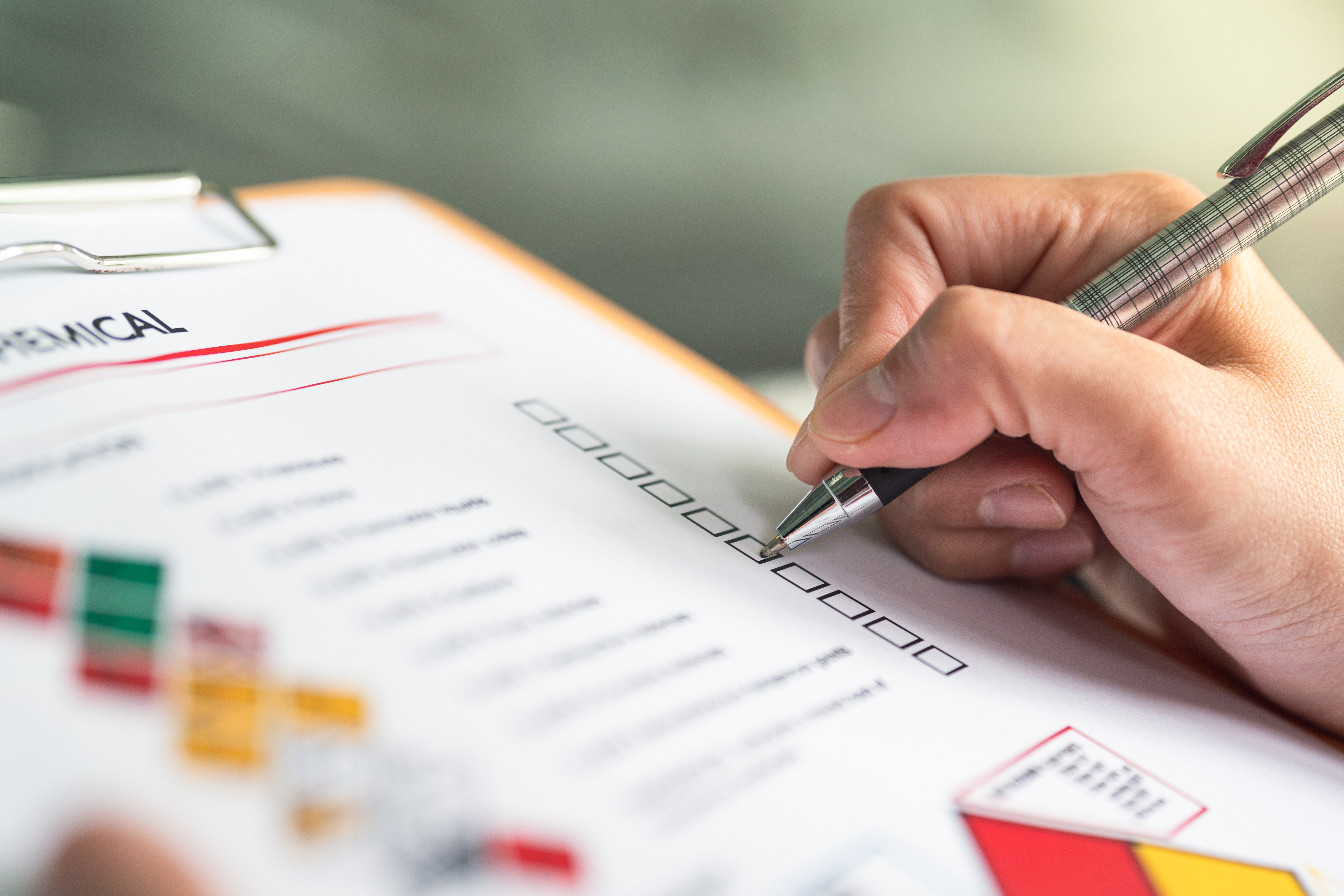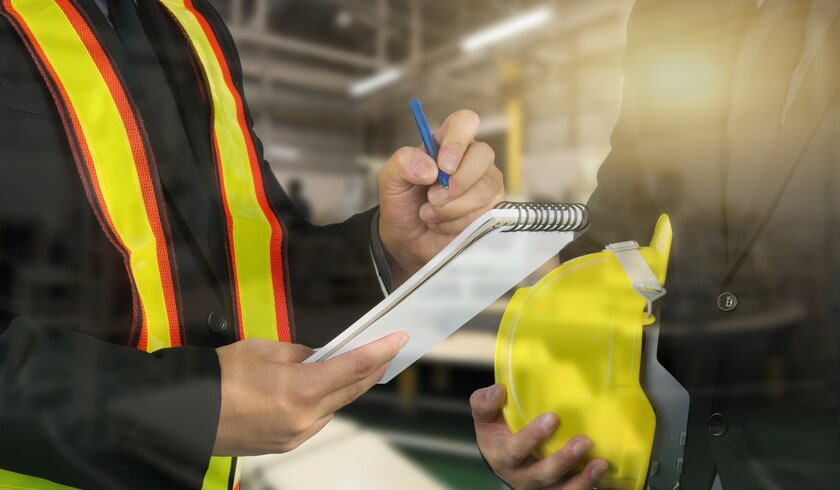07/04/2025
Health and safety in the workplace is a key responsibility that concerns businesses of all sizes across the UK. Indeed, ensuring a safe working environment isn't just critical for the wellbeing of employees: it can also reduce the legal liabilities of employers, improve a company's reputation, and enhance overall team productivity.
But who is ultimately responsible for maintaining workplace health and safety? Read on to find out, explore the best practices to make your workplace safe, and learn about the potential risks faced by employers who fail to comply with the latest regulations.
In the UK, workplace health and safety are primarily governed by the Health and Safety at Work etc. Act 1974 (HSWA), which prescribes the legal requirements of employers, employees, and stakeholders.
Other relevant regulations include:
Within this legal framework, regulatory bodies such as the Health and Safety Executive (HSE) are in charge of compliance, enforcing these laws through targeted inspections and issuing fines whenever irregularities are found.
A company-wide focus on workplace health and safety is important for a variety of reasons. First of all, a safe working environment will reduce accidents and injuries, which in turn improves employee morale, wellbeing, and retention.
Additionally, complying with health and safety laws prevents costly fines and legal action, ensuring that businesses meet all their key obligations.
Safe workplaces also enhance productivity by minimising the disruptions caused by accidents, helping run smooth operations and reach ambitious targets, while bolstering a company’s reputation to attract top talent and more clients.
Under HSWA, the responsibility for the health, safety, and welfare of employees falls mostly on employers. This includes conducting regular risk assessments to identify potential hazards and implementing appropriate measures to mitigate common risks in their industry.
Employers must also establish and enforce safety policies, provide adequate training and protective equipment, and keep up with the latest regulations to maintain a safe working environment for everyone.
However, health and safety responsibilities are also shared among a company's employees once clear procedures have been established and relevant training is provided. Staff members must follow safety protocols set by their employer, use equipment and protective gear correctly, report hazards and unsafe conditions, and cooperate with their employer’s safety initiatives.

While creating a safer working environment is a collective effort, employers are in a prime position to support employees and promote a culture of safety and accountability. Here are some best practices they can focus on to get started.
Health and safety risk assessments are essential for identifying potential hazards in the workplace and implementing preventive measures.
Employers should regularly control risks, issue reports, and implement new mitigation measures based on ongoing risk assessments to significantly improve workplace safety. A common mistake is failing to properly engage employees, who are instrumental in identifying hazards that may not be immediately obvious to management.
A well-defined set of effective health and safety procedures helps employees better understand and fulfil their responsibilities regarding workplace safety.
To achieve this goal, businesses should create detailed health and safety policies that clearly outline the procedures employees must follow to minimise risks. Furthermore, emergency procedures must be communicated effectively – with practical demonstrations and space for feedback – so that all staff members know how to respond should an incident occur.
Staff training is a key element of maintaining workplace safety and one of the best ways to help employees safeguard their own health. To make all employees aware of relevant safety practices, companies should provide health and safety training as part of their staff onboarding process and conduct refresher courses periodically.
Specialised training should be offered for high-risk tasks, ensuring that employees handling hazardous materials or operating heavy machinery are well-equipped to do so safely. Last but not least, educating employees on emergency response procedures and the proper use of first aid kits can also contribute to building a workplace where everyone can feel safe.

Another way to significantly reduce risk in the workplace is by using appropriate, high-quality equipment. For instance, employers should ensure that all tools and machinery comply with PUWER regulations and conduct regular inspections and maintenance to keep business equipment in safe working condition.
Providing ergonomic solutions can also help prevent strain-related injuries, improving employee comfort and long-term health, while investing in personal protective equipment (PPE) is essential to protect employees from hazards – especially those in high-risk roles.
When it comes to safety and compliance, one type of equipment businesses tend to underestimate is drinking water appliances.
Boiling water or multi-function taps must meet strict building regulations in the UK, including Water Supply (Water Fittings) Regulations 1999 England & Wales and relevant certification schemes such as Regulation 4. For more information on these topics, check out our in-depth guides on how to comply with Regulation 4 and the latest ventilation requirements for drinking water systems.
While navigating this regulatory landscape can be a challenging process, Zip Water's innovative HydroTap range is certified to comply with the latest industry regulations. HydroTap simplifies hydration in the workplace and helps ensure your employees stay healthy and drink more, offering instant access to pure-tasting, filtered water – available as chilled, sparkling, and boiling.
Prioritising health and safety in the workplace means working with suppliers who understand the complexities of evolving compliance requirements. At Zip, we stay ahead of the latest regulations, ensuring that our drinking water and instantaneous hot water solutions meet the highest safety standards. Our expert team not only provides fully compliant hydration and handwashing solutions but also offers guidance on regulations, health and safety best practices, and ongoing compliance.
Read our latest articles to find more health and safety information and guidance, or explore our full range today to see how HydroTap can support your health and safety initiative.
Talk to us about your next project, request a brochure or arrange a full product demo with one of our team.
